In October 1936, the RLM changed the orders for the zero series 112s, instructing Heinkel to complete any A-0s already under construction and then switch the remaining aircraft to an updated design. This gave Heinkel a chance to improve the He 112, which they did by completely redesigning it into an almost entirely new aircraft called the He 112B. It is at this point that it became a modern design that could compete head-to-head with the Bf 109.
The He 112B had a completely redesigned and cut-down rear fuselage, a new vertical stabilizer and rudder, and a completely enclosed cockpit with a bubble-style canopy. The canopy was somewhat more complex than later bubble designs; instead of having two pieces with the majority sliding to the rear, the He 112B's canopy was in three pieces and the middle slid back and over a fixed rear section. Even with the additional framing, the He 112 still had excellent visibility for its day. Armament was also standardized on the B model with two 7.92 mm (.312 in) MG 17 machine guns in the sides of the cowling with 500 rpg, and two 20 mm MG FF cannons in the wings with 60 rpg. For aiming, the cockpit included the then-modern Revi 3B reflector gunsight.
The first B series airframe to be completed was V7 in October 1936. V7 used the DB 600Aa engine like the A-series V8, and it also used the original V1 style larger wing. This wing was later replaced with a smaller one, but instead of the clipped version from the earlier V models, a completely new single-spar fully elliptical wing was produced. This design became standard for the entire B series. V7 was turned over to von Braun in April 1937 for yet more rocket tests, and managed to survive the experience. It was then returned in the summer and sent to Rechlin where it was used as a test aircraft.
The next type was V9 which flew in July 1937, powered by the 680 PS (500 kW) Jumo 210D engine. V9 can be considered to be the "real" B series prototype, as V7 had received the DB 600Aa originally for experimental reasons. The entire surface was now flush riveted and the aircraft had several other aerodynamic cleanups. The radiator was again changed, this time to a semi-retractable design for reduced drag in flight. The aircraft also underwent a weight reduction program which reduced the empty weight to 1,617 kg (3,565 lb).
As a result of all of these changes, the V9 had a maximum speed of 485 km/h (301 mph) at 4,000 m (13,120 ft), and 430 km/h (270 mph) at sea level. This was a full 20 km/h (10 mph) faster than the contemporary Bf 109B. Nevertheless, by this time, the Bf 109 was already ramping up production, and the RLM saw no need for another largely similar aircraft. It is also worth noting that users of the aircraft generally found it impossible to reach this speed, and rarely managed to exceed 418 km/h (260 mph).
The RLM had already contracted for another six He 112s, so production of the prototypes continued. V10 was supposed to receive the 670 kW (960 hp) Junkers Jumo 211A (Junker's new DB 600 competitor), but the engine was not available in time and V10 instead received the new 876 kW (1,175 hp) DB 601Aa. The engine drove V10 to 570 km/h (350 mph) and increased climb rate significantly. V11 was also supposed to get the Jumo 211A, but instead received the DB 600Aa.
The last prototype, V12, was actually an airframe taken off the B-1 series production line (which had started by this point). The Jumo 210D was replaced with the new fuel-injected 210Ga, which improved performance of the engine to 522 kW (700 hp) for takeoff, and a sustained output of 503 kW (675 hp) at the reasonably high altitude of 4,700 m (15,420 ft). Better yet, the Ga also decreased fuel consumption, thus increasing the aircraft's endurance. The new engine gave V12 such a boost that it became the pattern aircraft for the planned B-2 series production.
With all of these different versions and experimental engine fits, it might seem like every aircraft differed significantly. But with the exception of the engine fits, the Bs are all basically identical. Due to the shortage of just about any German engine at the time and the possibility that advanced versions could be blocked for export, various models had to be designed with different installations. Thus the B models were different only in their engine, the Jumo 210C in the He 112 B-0, the Jumo 210D in the B-1, and the Jumo 210Ga for the B-2.
Specifications
Spotlights
- EpicPigster1 8.1 years ago
General Characteristics
- Successors 2 airplane(s)
- Created On Windows
- Wingspan 42.7ft (13.0m)
- Length 34.5ft (10.5m)
- Height 15.3ft (4.7m)
- Empty Weight 3,906lbs (1,771kg)
- Loaded Weight 4,396lbs (1,994kg)
Performance
- Horse Power/Weight Ratio 0.682
- Wing Loading 6.9lbs/ft2 (33.6kg/m2)
- Wing Area 638.2ft2 (59.3m2)
- Drag Points 10292
Parts
- Number of Parts 245
- Control Surfaces 25
- Performance Cost 809

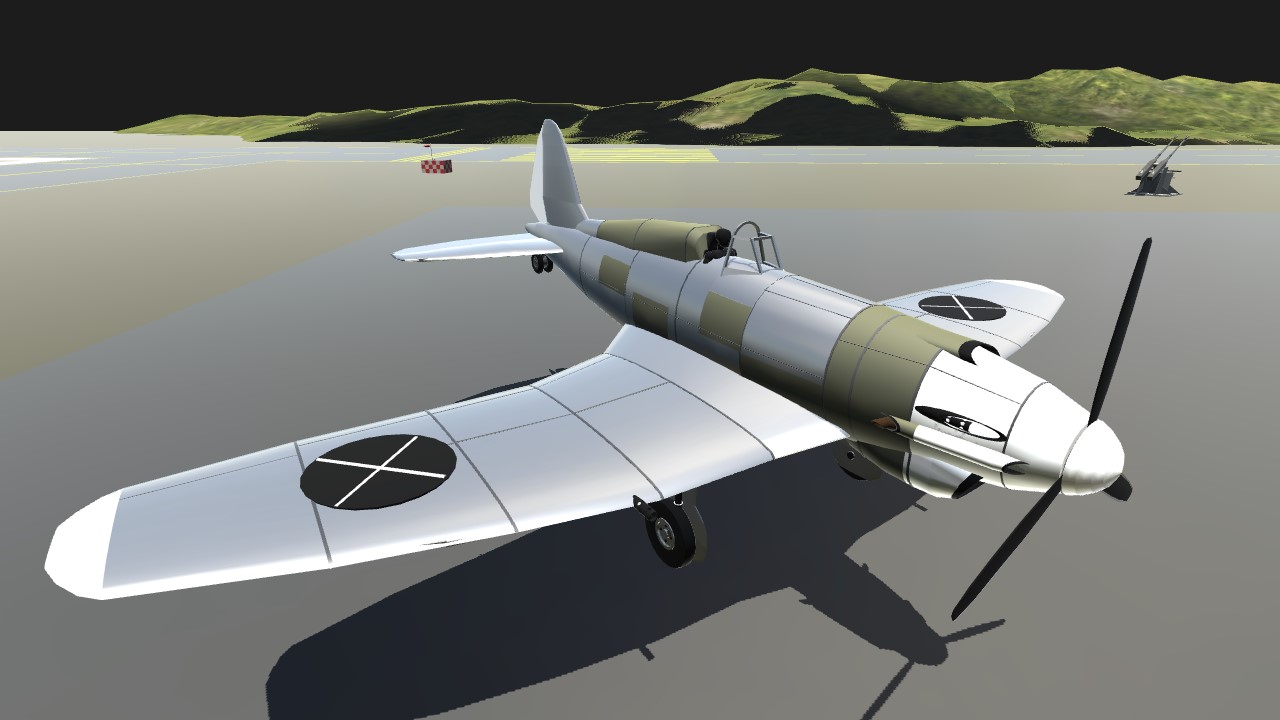
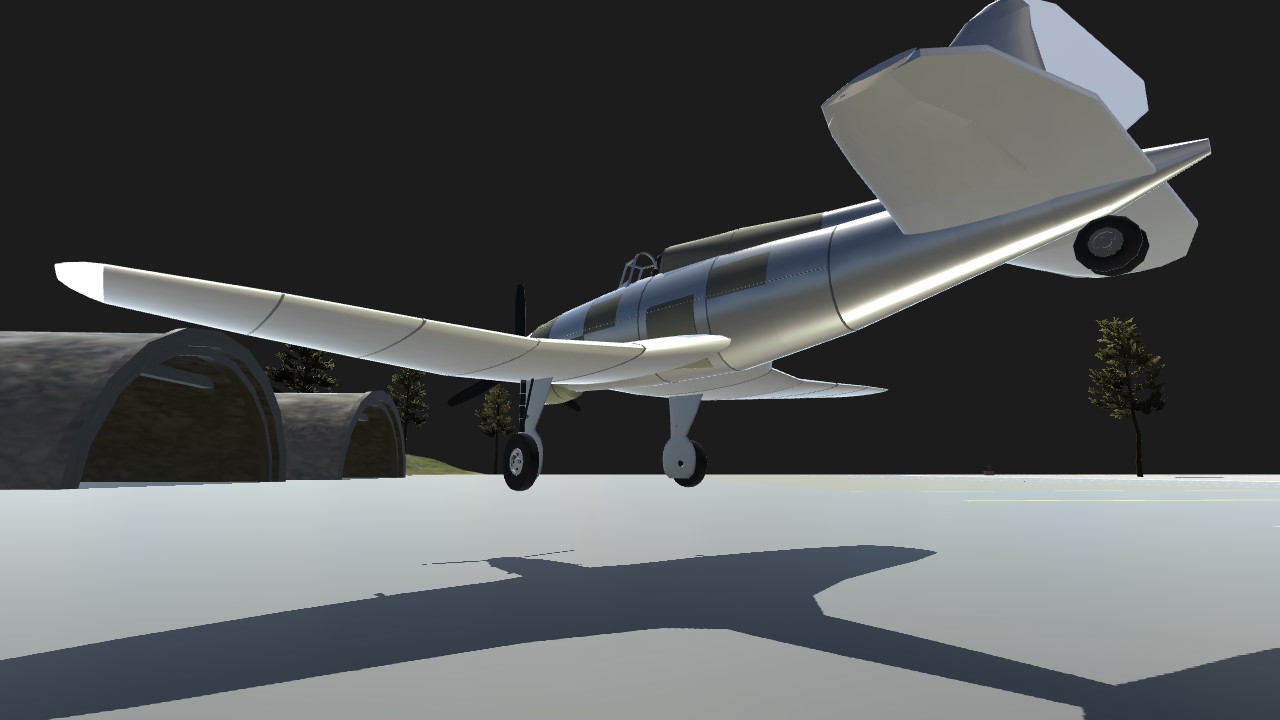
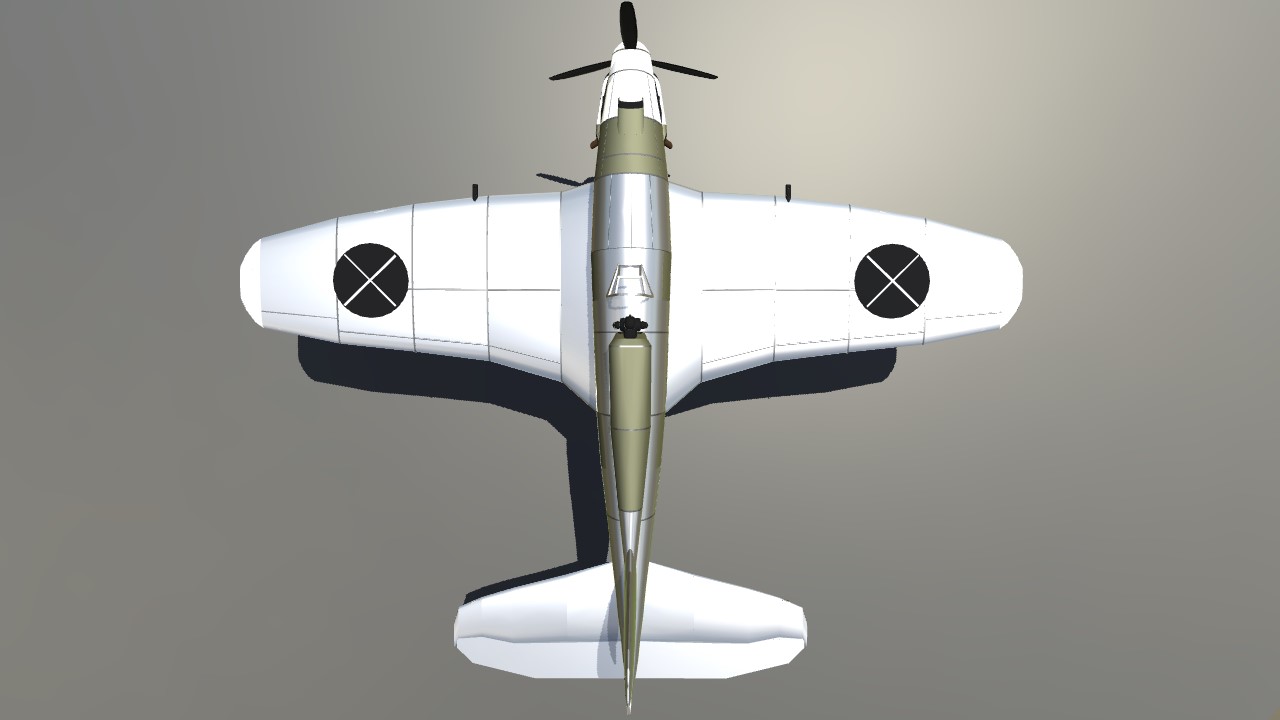
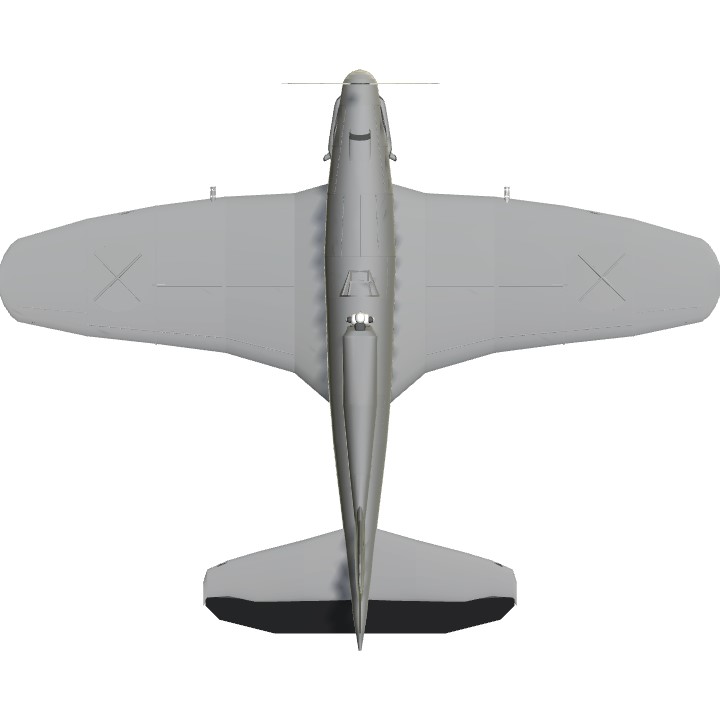
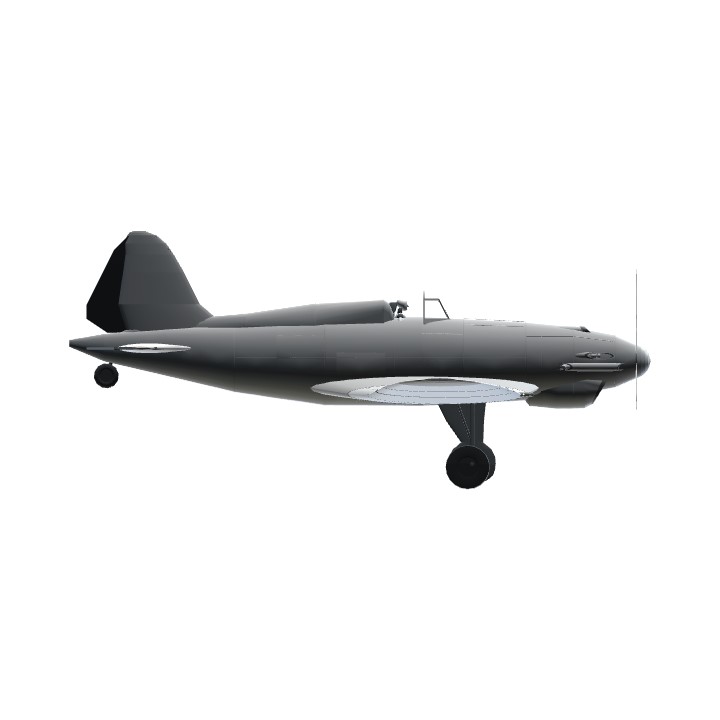
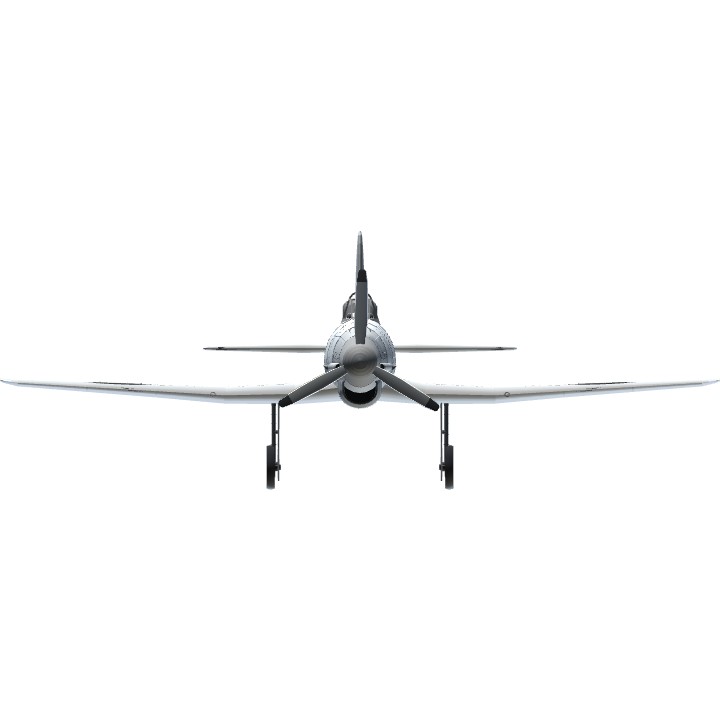
Congrats on 50K!!!
No joke i was just playing war thunder and i was thinking. About making this but you made it better than i ever will
Awesome!